 2004 BMW 3 Series Coupe (E46, facelift 2003) Dimensions, Size & Specs
2004 BMW 3 Series Coupe (E46, facelift 2003) Dimensions, Size & SpecsMeasurements of the 2004 BMW 3 Series Coupe, engineered for optimal performance and comfort
| Dimensions | |
|---|---|
| Length: | 4455-4488 mm175.4-176.7 in14.6-14.7 ft |
| Width: | 1757 mm69.2 in5.8 ft |
| Width (Opened Mirrors): | 1947-1957 mm76.7-77.0 in6.4-6.4 ft |
| Height: | 1369 mm53.9 in4.5 ft |
| Trunk Capacity: | 410 liter14.5 cu ft |
| Weight Specifications | |
| Curb Weight: | 1320-1555 kg2910-3428 lbs |
| Maximal permitted Weight: | 1820-2055 kg4012-4530 lbs |
| Roof Load: | 75 kg165 lbs |
| Tire Specifications | |
| Rims Sizes: | 16-inch rims:
|
| Tire Sizes: |
|
The BMW 3 Series Coupe E46 facelift, produced from 2003 to 2006 with the 2004 model year as a representative example, is a compact luxury vehicle that blends sporty elegance with practical dimensions. This generation of the 3 Series Coupe features a length varying between 4455 mm and 4488 mm (175.4 to 176.7 inches), making it a well-sized coupe that offers a commanding yet agile road presence. Its width measures 1757 mm (69.2 inches), extending to between 1947 mm and 1957 mm (76.7 to 77 inches) when including the opened side mirrors, providing ample shoulder room and stability. The height stands at a sleek 1369 mm (53.9 inches), enhancing its aerodynamic profile.
Weight for the E46 coupe ranges from a curb weight of 1320 kg to 1555 kg (2910 to 3429 lbs), depending on the configuration, with maximum allowable weights spanning 1820 to 2055 kg (4012 to 4533 lbs). This range supports a dynamic yet controlled driving experience, balancing performance with safety. The luggage capacity of the BMW E46 coupe is notably practical for its class, offering 410 liters (14.5 cubic feet), making it suitable for daily use and weekend trips alike.
The vehicle's roof load limit is rated at 75 kg (165 lbs), allowing for additional cargo options such as roof boxes or sports equipment carriers. In terms of wheel and tire specifications, the E46 coupe is equipped with rim sizes ranging from 7J x 16 to 7J x 17.8.5 and tire sizes including 205/55 R16, 225/45 R17, 205/50 R17, and 245/40 R17, signifying a versatile setup that balances ride comfort and sporty handling.
Overall, the BMW 3 Series E46 Coupe facelift is a well-balanced, stylish coupe that remains a popular choice among driving enthusiasts looking for compact luxury and solid performance. Its dimensions and specs highlight its agility, comfort, and practicality in the premium coupe segment.
Discover the standout features that make the 2004 BMW 3 Series Coupe a leader in its class
Have a question? Please check our knowledgebase first.
The BMW 3 Series Coupe (E46 facelift 2003) model years 2004-2006 features a length range between 4455 mm and 4488 mm (175.4 inches to 176.7 inches). This slight variation is typically due to different trim levels or optional equipment that may slightly influence the bumpers or exterior features. This length situates the E46 Coupe comfortably within the compact luxury coupe segment, offering a balanced profile that combines sporty aesthetics with practical dimensions for everyday usability.
The width of the BMW 3 Series Coupe E46 facelift is 1757 mm (69.2 inches) without the mirrors considered. When the side mirrors are unfolded, the width ranges between 1947 mm and 1957 mm (76.7 inches to 77 inches), depending on the mirror design. This width, including mirrors, is crucial for assessing parking and driving through narrow spaces. The relatively narrow width without mirrors helps with maneuvering in tighter urban environments, while the wide mirror span provides good visibility and safety on roads.
The height of the E46 3 Series Coupe facelift is 1369 mm (53.9 inches). This relatively low height contributes to the car's sleek, sporty silhouette and has positive implications for aerodynamic performance, reducing drag at higher speeds. While the low roofline enhances the car's aesthetics and driving dynamics, it can somewhat restrict headroom, especially for taller occupants. The coupe body style prioritizes sporty design and handling over maximum interior height, which is typical of this vehicle class.
The curb weight of the E46 3 Series Coupe facelift varies between 1320 kg and 1555 kg (2910 to 3429 lbs), depending on engine configurations, trim levels, and optional equipment. A lighter curb weight generally helps with agility, acceleration, and braking responsiveness, whereas heavier versions often include more luxury features or larger engines that may affect fuel consumption. The balanced weight distribution typical of BMWs ensures dynamic handling, making the curb weight appropriate for a sporty compact luxury coupe that delivers engaging driving dynamics.
The maximum weight (gross vehicle weight) of the BMW 3 Series Coupe facelift ranges from 1820 kg to 2055 kg (4012 to 4532 lbs), depending on specific configurations and equipment. This weight includes the vehicle itself plus passengers, cargo, and fuel. The difference between curb weight and maximum weight reflects the load capacity the car can safely carry. Higher maximum weight capacity enhances practicality but must be respected to avoid safety and handling issues. Typically, this range suits a standard two-door coupe needing to balance performance with everyday usability.
The BMW E46 facelift coupe offers a luggage capacity of 410 liters (approximately 14.5 cubic feet), which is quite generous for a compact coupe. This cargo space supports everyday practicality, allowing for groceries, luggage for a weekend trip, or other medium-sized items. While it may not compare to the trunk volumes found in sedans or SUVs, it is relatively spacious for its segment, especially considering the coupe’s sporty roofline and smaller rear area. The rear seats can also be folded down in many models, further expanding usable cargo space when needed.
Yes, the BMW 3 Series Coupe (E46 facelift 2003) fits comfortably into a standard residential garage. With a length of approximately 4455 to 4488 mm (175.4 to 176.7 inches), a width of 1757 mm (69.2 inches) excluding mirrors, and a height of 1369 mm (53.9 inches), its dimensions are typical for a compact coupe. Most standard garages designed for passenger vehicles usually have widths of about 2400 mm (94.5 inches) or more and lengths of around 5400 mm (212.6 inches), so the E46 coupe will fit easily. However, width with mirrors unfolded (up to 1957 mm or 77 inches) should be considered when parking and maneuvering inside the garage.
The E46 facelift coupe introduced in 2003 is dimensionally quite similar to its predecessor, the E46 pre-facelift coupe produced from 1998 to 2003, with only slight refinements. The length increased marginally to a range of 4455-4488 mm compared to about 4450 mm previously. Width remained around 1757 mm, and height stayed close to 1360-1370 mm, maintaining the compact sports coupe form. Weight differences are minor but may vary depending on additional safety features or equipment added during the facelift. These incremental changes improved aerodynamics and styling but retained the beloved handling and balance of the earlier E46 coupe.
Compared to contemporaries like the Audi A4 Coupe (B6 facelift) or the Mercedes-Benz C-Class Coupe (W203 facelift), the BMW E46 facelift coupe holds competitive and slightly sportier dimensions. With a length around 4455-4488 mm and width of 1757 mm (69.2 inches), it is similar or slightly smaller in footprint than its rivals, which often feature lengths between 4500-4600 mm and comparable widths. Weight-wise, at 1320-1555 kg (2910-3429 lbs), it is competitive, often lighter or on par thanks to BMW’s focus on balanced chassis dynamics. This balance between moderate dimensions and relatively light weight contributes to the E46 coupe’s reputation for agile handling and driving pleasure within the premium compact coupe class.
The BMW E46 coupe facelift offers a range of rim sizes from 16 to 17 inches, specifically 7J x 16, 8J x 17, 7.5J x 17, 7 x 17, and 8.5J x 17. These are paired with tire sizes such as 205/55 R16, 225/45 R17, 205/50 R17, and 245/40 R17. Smaller rims with taller tire profiles generally offer better ride comfort due to more flexible sidewalls absorbing road imperfections. Larger rims with wider and lower-profile tires enhance cornering grip and steering responsiveness but may transmit more road harshness. This variety allows buyers to tailor the driving experience toward sportiness or comfort based on preference.
Discover similar sized cars.
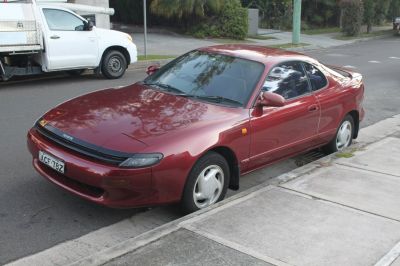
| Production: | 1989-1994 |
|---|---|
| Model Year: | 1990 |
| Length: | 4420 mm174.0 in |
| Width: | 1690 mm66.5 in |
| Height: | 1300 mm51.2 in |
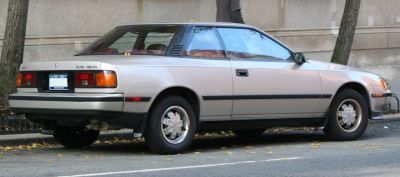
| Production: | 1986-1990 |
|---|---|
| Model Year: | 1985 |
| Length: | 4365-4380 mm171.9-172.4 in |
| Width: | 1710 mm67.3 in |
| Height: | 1290 mm50.8 in |
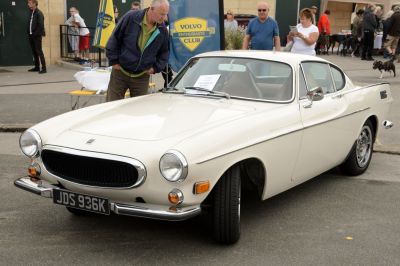
| Production: | 1969-1970 |
|---|---|
| Model Year: | 1970 |
| Length: | 4400 mm173.2 in |
| Width: | 1700 mm66.9 in |
| Height: | 1285 mm50.6 in |
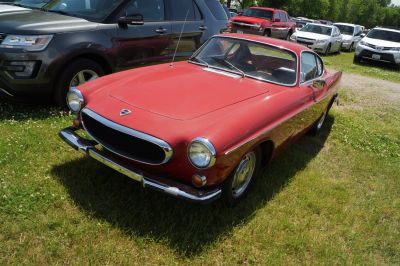
| Production: | 1963-1969 |
|---|---|
| Model Year: | 1963 |
| Length: | 4400 mm173.2 in |
| Width: | 1700 mm66.9 in |
| Height: | 1285 mm50.6 in |
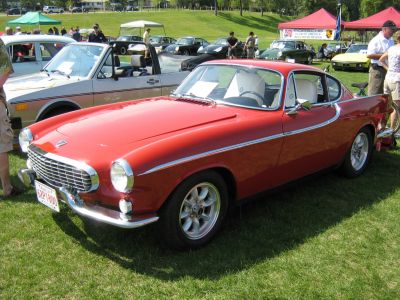
| Production: | 1961-1963 |
|---|---|
| Model Year: | 1961 |
| Length: | 4400 mm173.2 in |
| Width: | 1700 mm66.9 in |
| Height: | 1285 mm50.6 in |
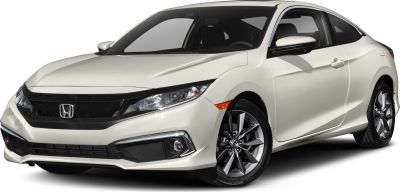
| Production: | 2018-2021 |
|---|---|
| Model Year: | 2019 |
| Length: | 4503 mm177.3 in |
| Width: | 2076-2087 mm81.7-82.2 in |
| Height: | 1394 mm54.9 in |
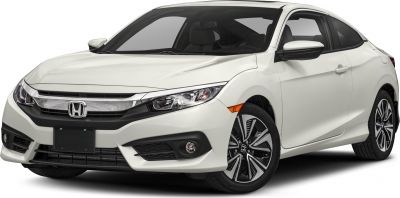
| Production: | 2017-2018 |
|---|---|
| Model Year: | 2016 |
| Length: | 4493-4506 mm176.9-177.4 in |
| Width: | 1798 mm70.8 in |
| Height: | 1394 mm54.9 in |
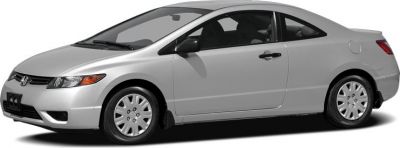
| Production: | 2005-2008 |
|---|---|
| Model Year: | 2006 |
| Length: | 4440 mm174.8 in |
| Width: | 1751 mm68.9 in |
| Height: | 1358 mm53.5 in |
